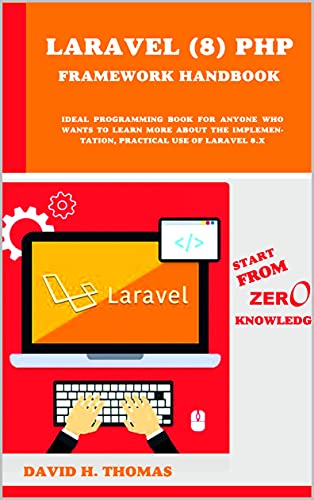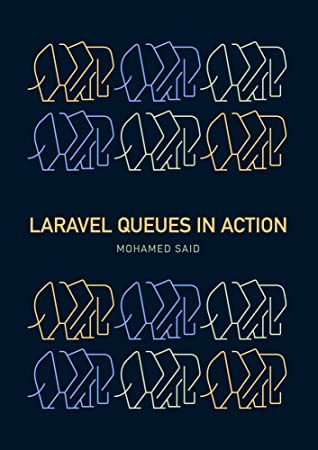Download this PDF book: Introduction to Quantum Mechanics 3rd Edition by David J. Griffiths, Darrell F. Schroeter
Changes and additions to the new edition of this classic textbook include a new chapter on symmetries, new problems and examples, improved explanations, more numerical problems to be worked on a computer, new applications to solid state physics, and consolidated treatment of time-dependent potentials.
Book Description
A clear and accessible introduction to theory and applications of quantum mechanics for junior/senior undergraduate students of physics.
Unlike Newton’s mechanics, or Maxwell’s electrodynamics, or Einstein’s relativity, quantum theory was not
created—or even definitively packaged—by one individual, and it retains to this day some of the scars of its
exhilarating but traumatic youth. There is no general consensus as to what its fundamental principles are, how
it should be taught, or what it really “means.” Every competent physicist can “do” quantum mechanics, but the
stories we tell ourselves about what we are doing are as various as the tales of Scheherazade, and almost as
implausible. Niels Bohr said, “If you are not confused by quantum physics then you haven’t really understood
it”; Richard Feynman remarked, “I think I can safely say that nobody understands quantum mechanics.”
The purpose of this book is to teach you how to do quantum mechanics. Apart from some essential
background in Chapter 1, the deeper quasi-philosophical questions are saved for the end. We do not believe
one can intelligently discuss what quantum mechanics means until one has a firm sense of what quantum
mechanics does. But if you absolutely cannot wait, by all means read the Afterword immediately after finishing
Chapter 1.
Not only is quantum theory conceptually rich, it is also technically difficult, and exact solutions to all but
the most artificial textbook examples are few and far between. It is therefore essential to develop special
techniques for attacking more realistic problems. Accordingly, this book is divided into two parts;
1 Part I
covers the basic theory, and Part II assembles an arsenal of approximation schemes, with illustrative
applications. Although it is important to keep the two parts logically separate, it is not necessary to study the
material in the order presented here. Some instructors, for example, may wish to treat time-independent
perturbation theory right after Chapter 2.
This book is intended for a one-semester or one-year course at the junior or senior level. A one-semester
course will have to concentrate mainly on Part I; a full-year course should have room for supplementary
material beyond Part II. The reader must be familiar with the rudiments of linear algebra (as summarized in
the Appendix), complex numbers, and calculus up through partial derivatives; some acquaintance with Fourier
analysis and the Dirac delta function would help. Elementary classical mechanics is essential, of course, and a
little electrodynamics would be useful in places. As always, the more physics and math you know the easier it
will be, and the more you will get out of your study. But quantum mechanics is not something that flows
smoothly and naturally from earlier theories. On the contrary, it represents an abrupt and revolutionary
departure from classical ideas, calling forth a wholly new and radically counterintuitive way of thinking about
the world. That, indeed, is what makes it such a fascinating subject.
At first glance, this book may strike you as forbiddingly mathematical. We encounter Legendre,
Hermite, and Laguerre polynomials, spherical harmonics, Bessel, Neumann, and Hankel functions, Airy
functions, and even the Riemann zeta function—not to mention Fourier transforms, Hilbert spaces, hermitian
operators, and Clebsch–Gordan coefficients. Is all this baggage really necessary? Perhaps not, but physics is
like carpentry: Using the right tool makes the job easier, not more difficult, and teaching quantum mechanics
without the appropriate mathematical equipment is like having a tooth extracted with a pair of pliers—it’s
possible, but painful. (On the other hand, it can be tedious and diverting if the instructor feels obliged to give
elaborate lessons on the proper use of each tool. Our instinct is to hand the students shovels and tell them ....
About the Author
David J. Griffiths received his B.A. (1964) and Ph.D. (1970) from Harvard University. He taught at Hampshire College, Mount Holyoke College, and Trinity College before joining the faculty at Reed College in 1978.
In 2001–02 he was visiting Professor of Physics at the Five Colleges (University of Massachusetts, Amherst, Mount Holyoke, Smith, and Hampshire), and in the spring of 2007 he taught Electrodynamics at Stanford. He retired in 2009. Griffiths is a Consulting Editor of The American Journal of Physics, and a Fellow of the American Physical Society.
In 1997 he was awarded the Millikan Medal by the American Association of Physics Teachers. He has spent sabbaticals at SLAC, Lawrence Berkeley Laboratory, and University of California, Berkeley. Although his Ph.D. was in elementary particle theory, his recent research is in electrodynamics and quantum mechanics.
He is the author of over fifty articles and four books: Introduction to Electrodynamics (4th edition, Cambridge, 2013), Introduction to Elementary Particles (2nd edition, 2008), Introduction to Quantum Mechanics (2nd edition, Cambridge, 2016), and Revolutions in Twentieth-Century Physics (Cambridge, 2012).
Darrell F. Schroeter is a condensed matter theorist. He received his B.A. (1995) from Reed College and his Ph.D. (2002) from Stanford University where he was a National Science Foundation Graduate Research Fellow.
Before joining the Reed College, Oregon, faculty in 2007, Schroeter taught at both Swarthmore College and Occidental College. His record of successful theoretical research with undergraduate students was recognized in 2011 when he was named as a KITP-Anacapa scholara
About the book:
Publisher : Cambridge University Press; 3rd edition (August 16, 2018)
Language : English
Pages : 508
FIle : PDF, 13MB
Free Download the Book: Introduction to Quantum Mechanics 3rd Edition by David J. Griffiths, Darrell F. Schroeter
PS: Share the link with your friends
If the Download link is not working, kindly drop a comment below, so we'll update the download link for you.
Happy downloading!








